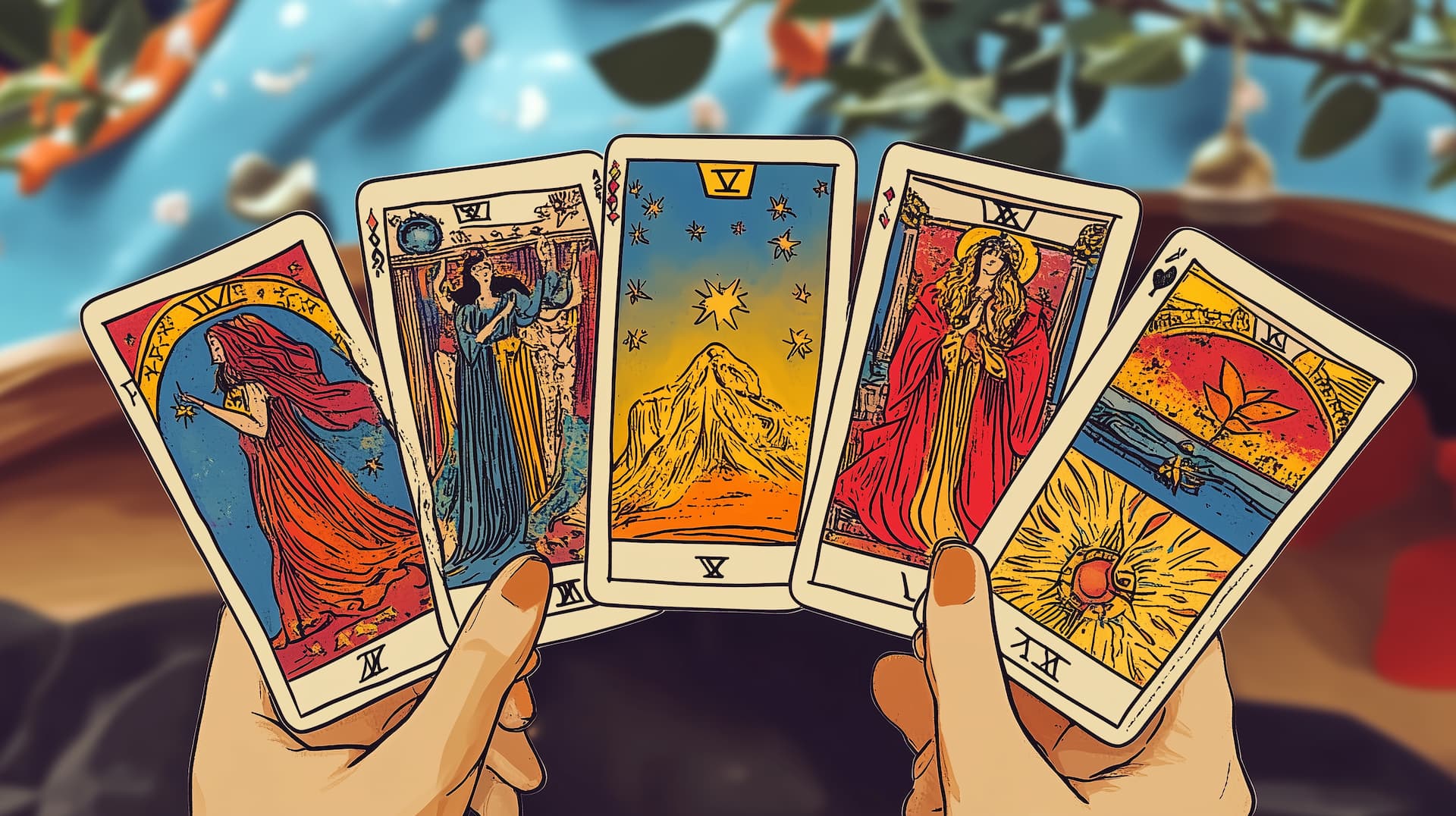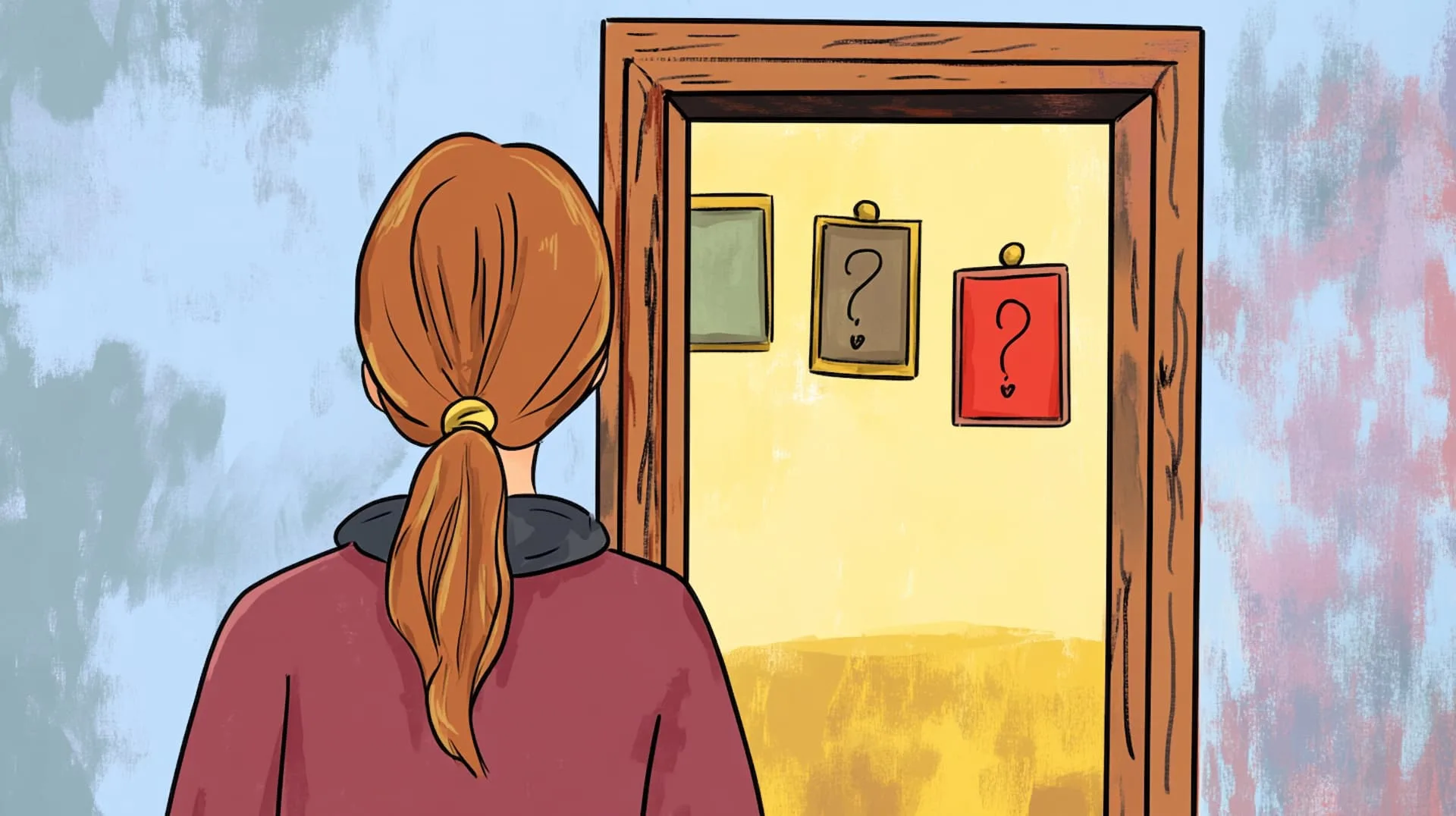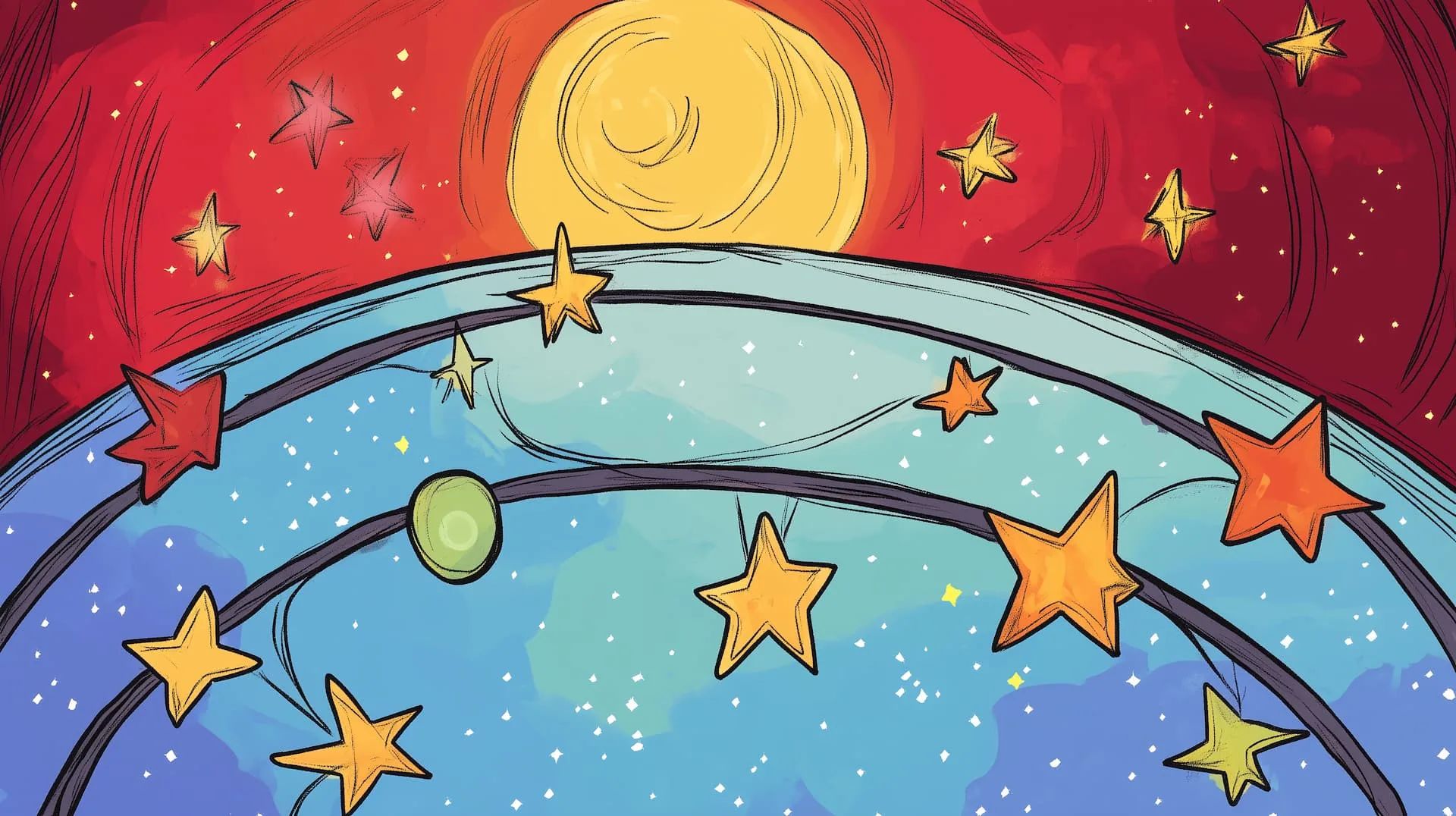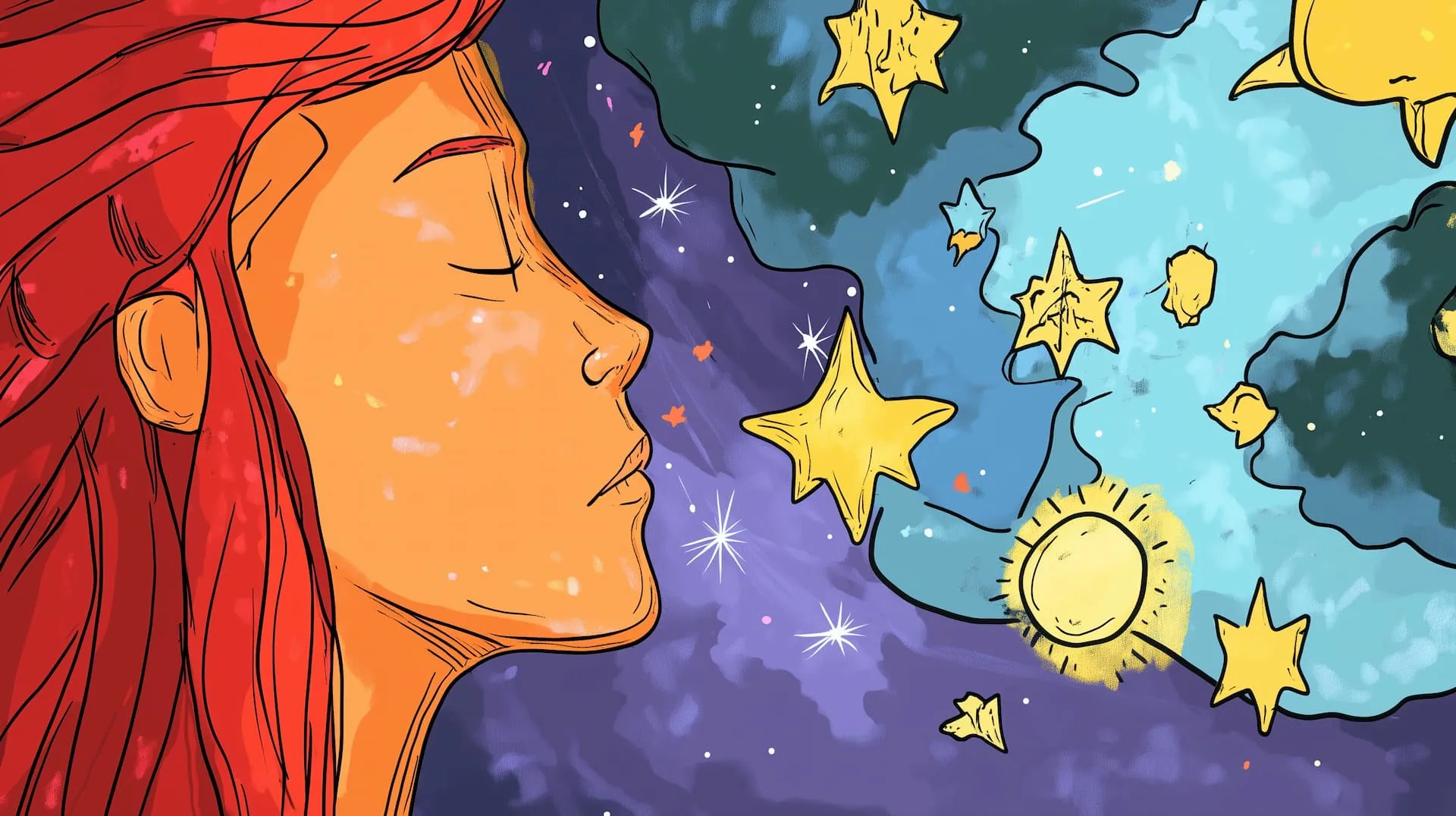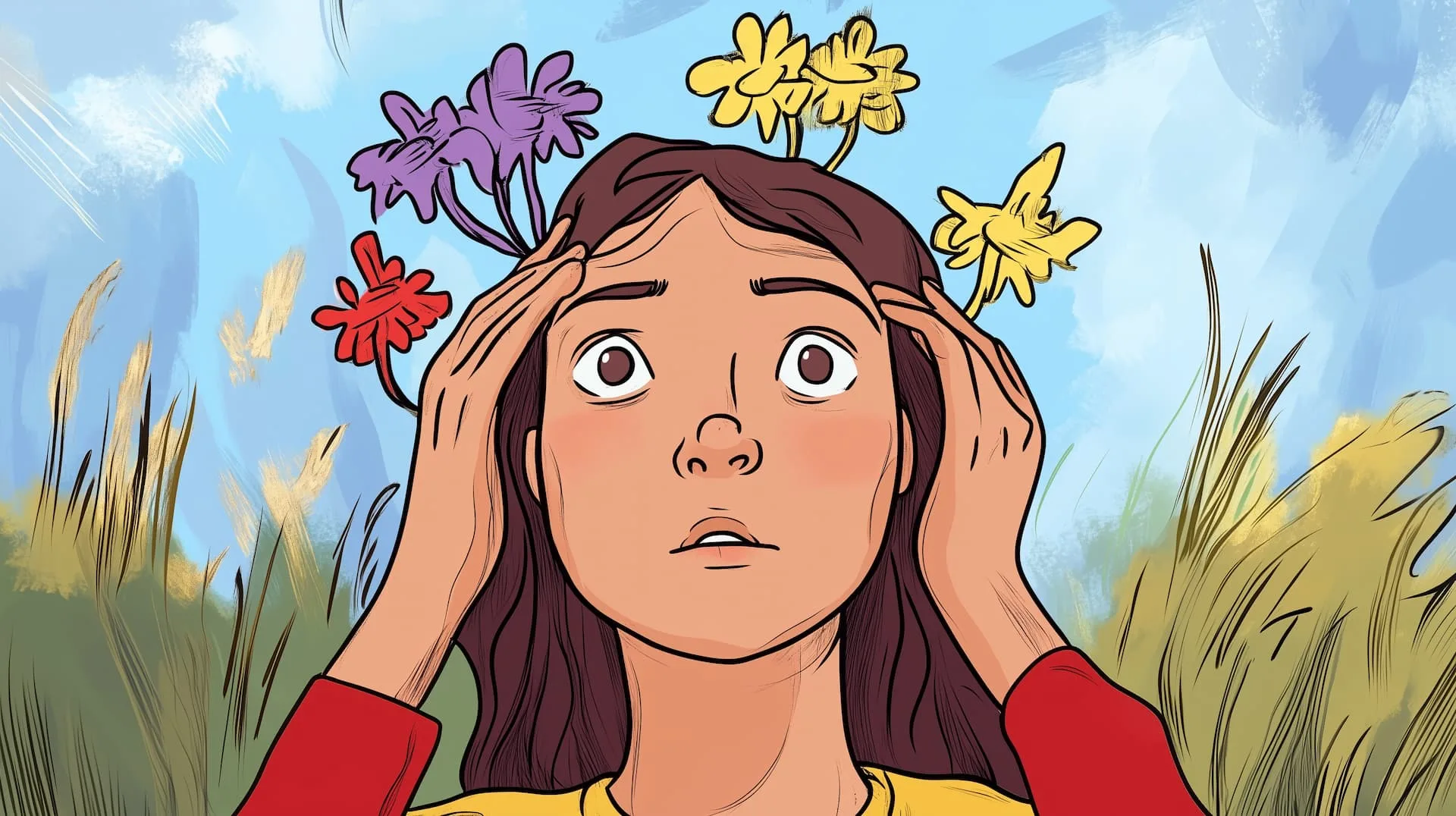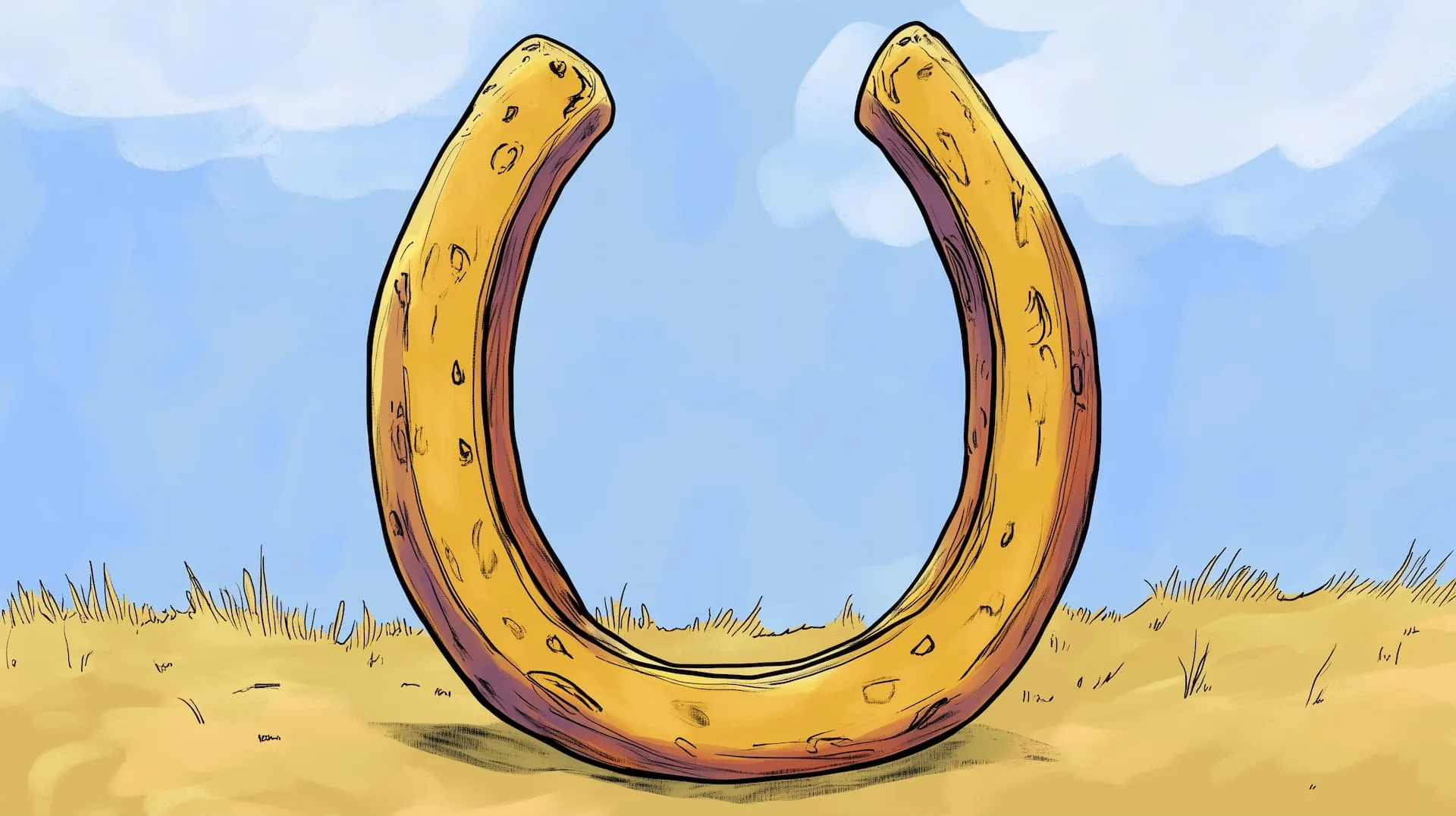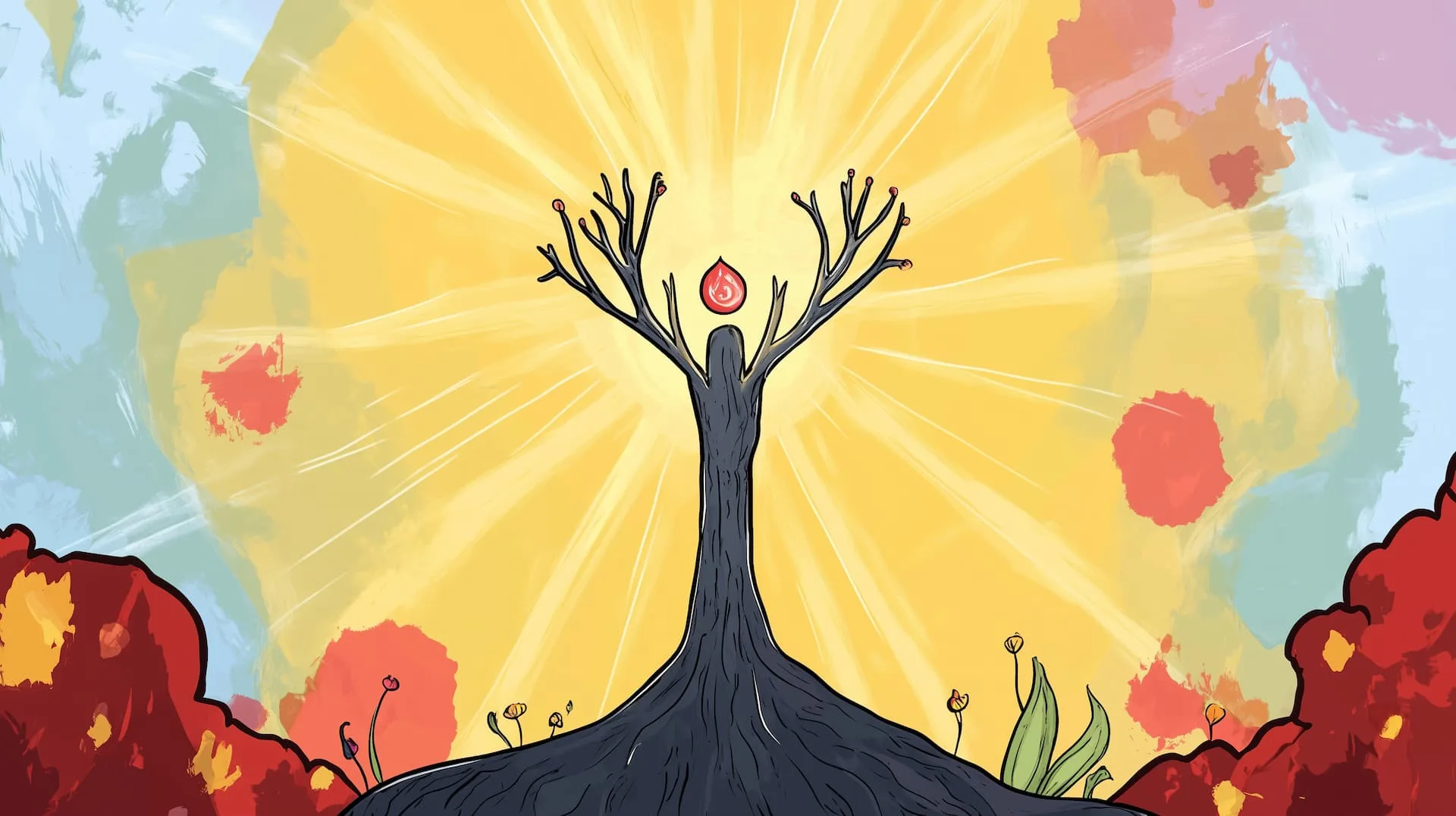
Tarot cards are rich in symbolism and rely on symbols and cultural references to showcase a wide variety of outcomes or circumstances. Many of them depict people, but there are also animal representations with unique interpretations.
Every card has a metaphor or reference. Mythological creatures are extremely important and can indicate particular elements. But then, what do these mythological references in tarot actually mean? Here are the most popular symbols out there and how they can be interpreted.
Dragon
Dragons appear in all kinds of cultures, including tarot designs. In Christianity, dragons are referred to as sea monsters, apart from the New Testament, where a dragon is considered one of God’s enemies. European mythology is different because here dragons are associated with chaos and havoc.
Most dragons tend to hoard treasure, a myth that’s also common in cinematography. For instance, in medieval times, some European cultures believed that dragons indicate greed, as well as the idea of hiding treasure from others.
In tarot cards, the dragon stands out on the Seven of Cups. There’s a man with seven cups. Some of them are filled with nice gifts; others are filled with creatures like dragons or snakes.
In this particular card, the dragon can be seen as a hiding disadvantage. What you wish for may not necessarily bring what you need. Even if you truly want something, it could be a nasty situation in disguise.
The card also tells you that value is extremely important when making choices, so false promises should be left behind.
Sphinx
The sphinx appears in two different cards, both of them in the Major Arcana. First, you have the Wheel of Fortune, but the same figure is also shown on the Chariot. The sphinx is a creature from the past with the body of a lion and the head of a human. Some sphinxes in mythology may have wings as well.
In both of these cards, the sphinx is associated with a guardian. In Egyptian cultures, sphinxes were seen as males. Sometimes, they had pharaoh heads, showcasing power. In Greece, they had a feminine profile and used to challenge people with riddles.
In the Wheel of Fortune, the sphinx holds a sword, indicating the power and intelligence needed to be on top. In the Chariot, you can see two sphinxes pulling a chariot. The warrior in the chariot doesn’t hold anything, meaning he directs them with his personality rather than physical strength.
Sphinxes are drawn in two different colors. They usually go in the same direction, so they’re dual, but they’re differently colored, too, so they’re opposites. This means you’ll have to face challenges from more directions in order to reach your destination.
Tetramorph
The tetramorph is basically a mix of other animals and shows up on the Wheel of Fortune. The card shows an eagle, a lion and an ox in each corner, as well as an angel. All of them have wings, so they have a mystical profile. Altogether, these four corners are seen as a tetramorph.
A tetramorph is the symbolic representation of four elements. It’s also common in Christianity, but at the same time, all these symbols have fixed representations in the zodiac, too: Scorpio, Leo, Taurus, and Aquarius.
A similar figure can also be observed on the World card, yet there’s a difference. They don’t have wings.
When it comes to their representation on the Wheel of Fortune, they signify the stability of the world while people move in a chaotic manner around the wheel.
Chimera
The chimera is one of the popular mythological references in tarot. Similarly, to the tetramorph, it represents a mix of other elements. In classic Greek mythology, a chimera is an evil lion with a goat head that breathes fire. Furthermore, it has a snake instead of a tail.
Chimera was also the daughter of Typhon and Echidna, both of them with monstrous characteristics. It took many heroes to defeat this monster until Bellerophon finally did it. The hero was sent there on a suicidal mission, but he succeeded with help from Pegasus.
Chimera is represented on the Two of Cups, but it’s slightly different from the Greek monster. It has a lion head and a snake tail, but instead of a goat head, it comes with wings.
In a reading, the card showcases love, harmony, and solid connections between people. It’s depicted in a positive manner, floating above a couple and sharing a toast.
Jackal
The jackal is also represented on the Wheel of Fortune. Such creatures are similar to dogs, but they were associated with graveyards in Egyptian mythology. Later on, they related to Anubis, one of the significant gods for the dead and the main protector of their graves.
Anubis played a very important role in mythology because he was often depicted participating in ceremonies for the dead just before deciding whether or not they were worth a greater future in the afterlife.
The jackal shown on the Wheel of Fortune card features human-like characteristics. The card is part of Major Arcana, so it’s an important representation regarding major aspects of life. Other fantastical creatures are shown in the card, each of them with a meaning.
Anubis is also represented on the right side of the wheel.
While it may sound a bit grotesque, death is showcased as one of the main elements in life. It’s part of the cycle and defines the transition from a physical being to a spirit.
Phoenix
The phoenix is a symbol of rebirth, transformation, and resilience across multiple mythologies, most notably in Egyptian and Greek lore. This mythological bird is known to rise from its ashes after death, representing renewal after destruction and the cyclical nature of life.
In tarot, the phoenix can often be linked to the Death card, which, rather than signifying literal death, is often interpreted as a phase of transformation, an ending that gives rise to a new beginning.
The phoenix here suggests that while some aspects of life must conclude, these closures enable profound personal growth and renewal.
Unicorn
Unicorns have appeared in folklore as symbols of purity, wisdom, and spiritual enlightenment. Often regarded as mystical beings, unicorns symbolize innocence and a higher state of knowledge.
In tarot readings, the presence of a unicorn can indicate the need for purity of intention or a return to one’s inner truth.
The unicorn’s rarity and mythical purity are similar to the energy found in the Ace of Cups, representing the essence of spiritual awakening, emotional depth, and an open heart. Its appearance may encourage the seeker to pursue clarity and integrity in their path.
Centaurs
Centaurs, half-human and half-horse creatures from Greek mythology, embody the blend of human intellect and primal instinct.
They are symbolic of balance and inner conflict, as they combine the rational mind and the wild, animalistic nature. In tarot, the centaur’s influence may be felt in cards related to internal struggle or finding equilibrium between conflicting desires.
Often linked to the Temperance card, the centaur’s presence in a reading suggests the need for moderation, careful blending of opposites, and patience in achieving harmony. It reminds the seeker to manage passions with wisdom and restraint.
Griffin
The griffin, a creature with the body of a lion and the wings and head of an eagle, symbolizes strength, guardianship, and divine power. This creature has roots in both Greek and Persian mythology, where it was seen as a guardian of treasures.
In tarot, griffins are associated with protective energy and vigilance. Appearing in cards like the Strength card or even the Emperor, a griffin represents courage, leadership, and protection over one’s assets or values.
Its presence encourages the reader to trust their inner strength, guiding them to protect what is precious in their life while embracing a sense of nobility.
Mermaid
Mermaids, half-human and half-fish beings, represent allure, mystery, and the unknown depths of the subconscious. Found across various cultures, mermaids can symbolize both temptation and intuition, drawing parallels to the Moon card in tarot.
Just as mermaids lure sailors into the sea, the Moon card reveals hidden emotions, dreams, and secrets that lie beneath the surface. The mermaid’s presence in a reading can suggest navigating emotional waters, exploring hidden desires, or the possibility of being drawn toward illusions.
In this light, it encourages introspection and mindfulness, reminding the seeker to avoid being swept away by fantasies.
In more common interpretations, death is seen as a good sign in a tarot reading because it doesn’t signify physical death. Instead, it relates to an ending, and like every other ending in tarot, it’s synonymous with a new beginning as well. The direction of the card depends on the type of reading, too.
As a short final conclusion, these are the mythological references in tarot, often depicted on traditional tarot cards. While they’re certainly inspired by mythological cultures, they’re often depicted in different ways. Moreover, their meanings often have nothing to do with the old associations.
